I have this structure:

When I want to add a ´UINavigationItem´ from the storyboard the navigation bar is "disabled", so I tried to add the right button programatically:
UIBarButtonItem *button = [[UIBarButtonItem alloc]
initWithBarButtonSystemItem:UIBarButtonSystemItemAdd
target:self
action:@selector(showPickerView:)];
self.navigationItem.rightBarButtonItem = button;
But nothing happens. I renamed the navigation bar title from storyboard, but when I run the app the title is not set. I really don't know what is the source of the problem. There is just the back button that is appearing. Thank you for your help.

